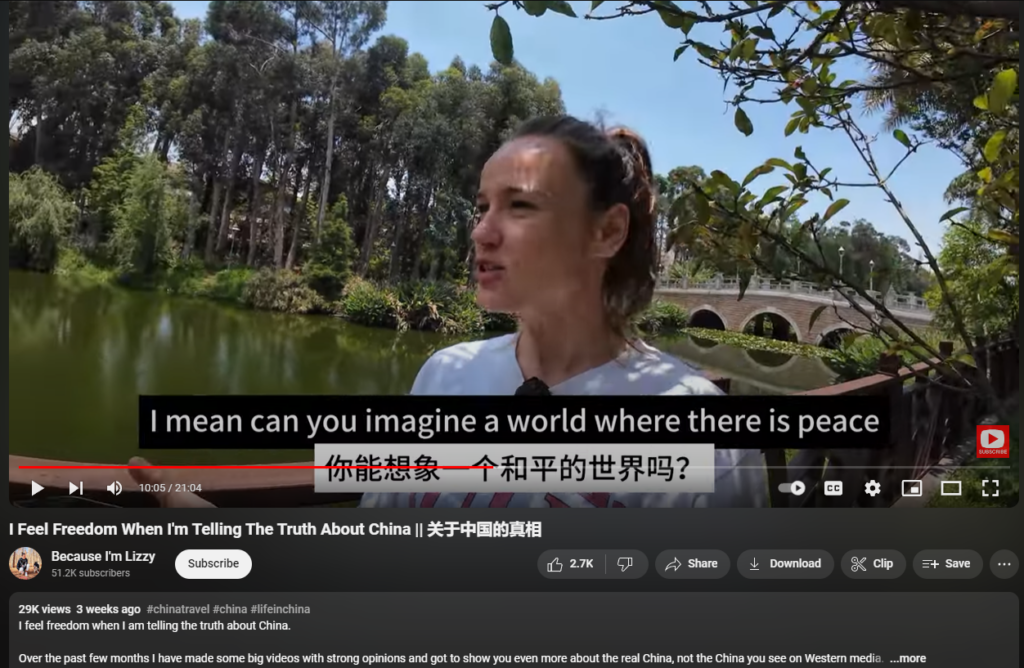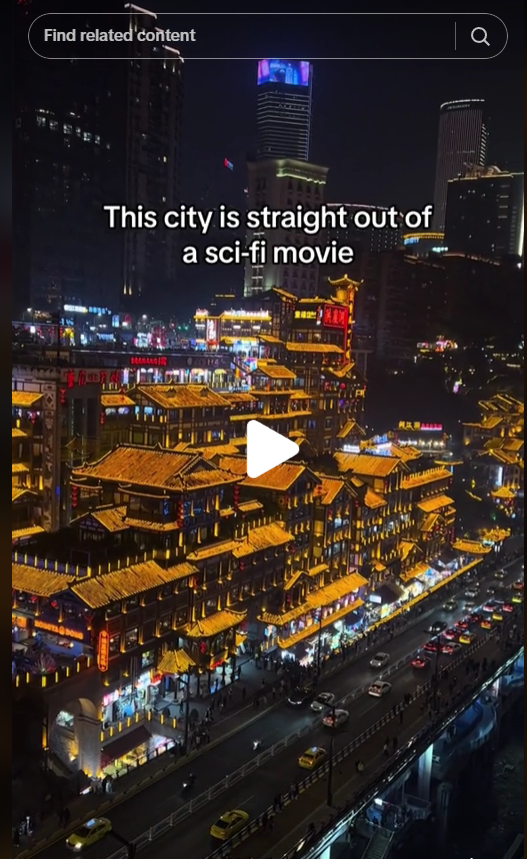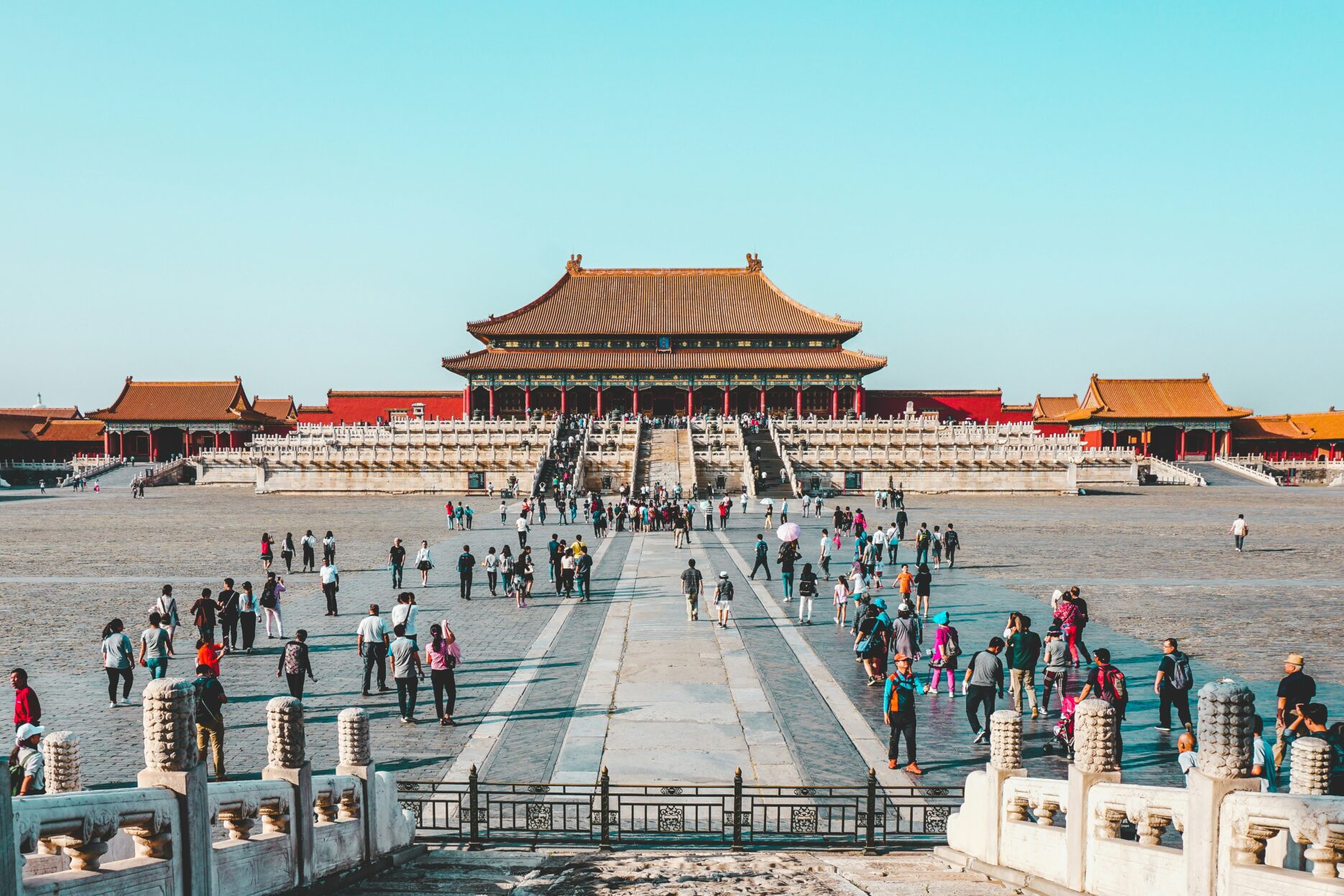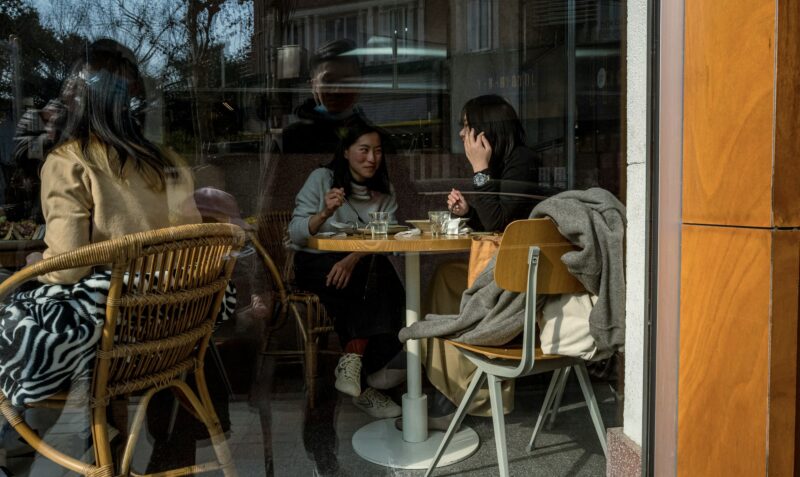With the recovery of the international tourism market and the implementation of China’s visa-free policy with many countries, an increasing number of foreigners are visiting China. In the first quarter, the number of visitors coming to China more than tripled compared with the same period in 2023, with a cumulative total of 466K visa documents issued, up 118.8% year-on-year, and 1.9K foreigners entering the country without visas is up 266.1% year-on-year.
China’s travel facilitation policies will further stimulate the recovery of international tourism as the demand for overseas tourist arrivals continues to grow. Amid this trend of travelling to China, we have observed several phenomena.
China’s travel facilitation policies will boost international tourism recovery as demand for overseas arrivals grows.
YouTubers and TikTokers
Recently, videos of international influencers travelling to China have gone viral online. Using the hashtag #Chinatravel#, these individuals are not only generating significant traffic with videos of them travelling to China but also promoting Chinese tourism.
Many foreign influencers have discovered an additional traffic strategy: exposing the truth about Western media’s portrayal of China. “The only way to fully understand China is to come and experience it for yourself,” they assert in their videos.
Videos of international influencers traveling to China have gone viral.

In the past, one of the major issues facing China’s tourism industry has been the “lack of proactive publicity,” mainly due to the existence of the “Great Firewall.” Chinese tourists have been sharing their travel experiences on social media platforms like Xiaohongshu (RED) and Douyin (China’s TikTok), but it’s challenging to post them on Instagram or TikTok. Overseas accounts managed by domestic officials often promote content in ways that do not align with the preferences of young people abroad and are subject to censorship.
Of course, there are successful cases of inbound tourism marketing, such as Zhangjiajie, which attracts many elderly Koreans. In the first quarter of this year, Zhangjiajie received 261,200 inbound tourists, up 44.44% from the same period in 2019.
In Chinese culture, mountain climbing is closely related to ‘filial piety’. Koreans also emphasise the culture of filial piety, so Zhangjiajie based its marketing on this, encouraging young Koreans to book tours for their parents to visit Zhangjiajie. Additionally, Zhangjiajie has maintained close contact with Korean travel agencies, which has helped it become well-known in Korea. However, in terms of traffic strategies, Zhangjiajie’s marketing remains traditional and does not fully utilise social media platform traffic.
Magic cities
During the past May Day holiday and the upcoming summer, #Attractions Are Filled With Foreigners# (景点长满外国人) became a trending topic on Weibo (China’s Twitter equivalent), garnering more than 7 million views. But which cities are visitors flocking to?
Ctrip’s 2023-2024 inbound and outbound tourism consumption trend insight report compiled a list of the top 20 popular domestic destinations. First-tier cities remain the primary choice, with Jiangsu, Zhejiang, Shanghai, Sichuan, and Chongqing being particularly popular. Additionally, snow and ice tours have gained significant traction among international visitors, with northeastern cities like Shenyang and Harbin being favoured by tourists.
Whether it is Zibo’s barbecue, Harbin’s ice and snow, or Xi’an’s Datang Everbright City’s vibrant performances, China’s internet-famous cities are successfully attracting international travellers. Chongqing, renowned for its “Magic trains,” has earned the title of being more cyberpunk than Blade Runner, with many TikTok influencers dubbing it fake because it looks too surreal. Chongqing’s super spicy food has also garnered significant attention on social media.



Governmental support
Since last year, China has successively included France, Germany, Italy, Spain, Malaysia, New Zealand, Australia and more in the scope of visa-free countries. In Poland, for example, following China’s decision on 25 June to implement a 15-day unilateral visa waiver policy for Polish citizens, Polish users’ searches for China-related keywords on the travel platform Trip.com increased by 40% from the previous day.
Enhancing the convenience of tourists travelling in China is key to achieving rapid growth in inbound tourism. To support this, numerous facilitation measures have been introduced in China.
China has introduced numerous facilitation measures.
Beijing, for example, promotes payment facilitation in the field of culture and tourism, and the city’s scenic spots with more than four stars and hotels with more than four stars have completed the installation of additional foreign currency exchange points, ATM machines, and foreign card POS machines as required. The Suzhou Garden Scenic Spot in Jiangsu Province has specially installed additional POS machines, which can be directly used by casual visitors. Additionally, technologies such as intelligent guided tours and VR previews enable foreign tourists to have an intuitive understanding of their destinations before travelling.









